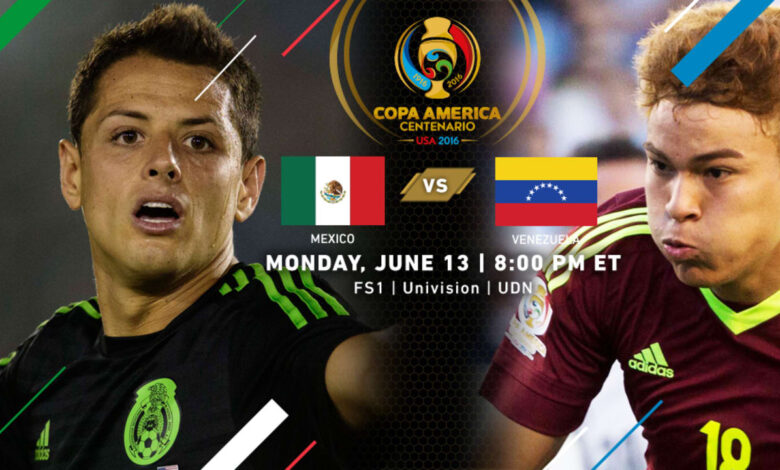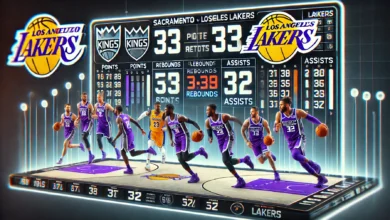Clash of Cultures: A Comprehensive Comparison of mexico vs venezuela

Introduction
Mexico and Venezuela are two vibrant nations that form a significant part of Latin America. Known for their cultural richness, diverse landscapes, and fascinating histories, these countries have captivated the attention of people worldwide. Despite their similarities, Mexico and Venezuela are distinct in their traditions, governance, and socio-economic landscapes. Understanding their differences and commonalities offers a deeper appreciation of their unique identities and challenges. This article explores Mexico and Venezuela through various lenses, including history, culture, economy, politics, and more.
Historical Background
Mexico
Mexico boasts a history that dates back thousands of years. Home to ancient civilizations like the Aztecs, Mayans, and Olmecs, its cultural foundation is rooted in rich traditions and advanced knowledge systems. The Spanish colonization in the 16th century reshaped Mexico’s socio-political landscape, blending European influences with indigenous heritage. The country’s struggle for independence in the early 19th century marked a turning point, eventually leading to its development as a federal republic. Today, Mexico’s history continues to play a pivotal role in its national identity.
Venezuela
Venezuela’s history is equally intriguing. Before Spanish colonization, indigenous tribes thrived in its lush terrains. The nation’s name, “Little Venice,” originated from early explorers who likened its stilt houses to Venice, Italy. Venezuela’s fight for independence, spearheaded by Simón Bolívar in the 19th century, established it as a symbol of liberty. However, the country’s modern history is marked by political instability and economic turbulence, which have significantly shaped its global reputation.
Cultural Richness and Heritage

Music and Dance
Music and dance are integral to both nations’ identities. In Mexico, genres like Mariachi, Ranchera, and Norteño reflect the country’s diverse cultural influences. Traditional dances such as the Jarabe Tapatío, also known as the Mexican Hat Dance, encapsulate its festive spirit. Venezuela, on the other hand, offers unique rhythms like Joropo, often performed with harps and maracas. The Afro-Venezuelan beats add a distinct flavor to the country’s musical landscape, highlighting its African heritage.
Cuisine
Mexican cuisine is a global favorite, celebrated for its bold flavors and diverse offerings. Staples like tacos, enchiladas, and mole sauce showcase the country’s culinary ingenuity. Venezuela’s cuisine, though less internationally known, is equally delightful. Iconic dishes like arepas, hallacas, and Pabellón Criollo (the national dish) highlight the nation’s agricultural bounty and culinary creativity. Both cuisines reflect a fusion of indigenous, European, and African influences.
Festivals and Traditions
Mexico’s festivals are world-renowned, with Día de los Muertos (Day of the Dead) and Cinco de Mayo attracting international attention. These celebrations honor Mexican heritage and its unique way of blending life and death. Venezuela’s traditions, such as Carnival and Corpus Christi’s Dancing Devils, emphasize its vibrant culture and strong religious influences. While both countries share a love for colorful, community-focused events, their distinct approaches make each festival unforgettable.
Economic Landscape
Mexico
Mexico’s economy is one of the largest in Latin America, supported by industries such as manufacturing, agriculture, and tourism. The country’s vast natural resources, particularly oil, contribute significantly to its GDP. Despite economic progress, challenges like income inequality and regional disparities persist. Mexico’s strategic trade agreements, including membership in USMCA (formerly NAFTA), have bolstered its global economic standing.
Venezuela
Venezuela’s economy heavily depends on oil exports, which once made it one of the wealthiest nations in the region. However, economic mismanagement and declining oil prices have led to a severe financial crisis. Hyperinflation and shortages of basic necessities have created significant hardships for its citizens. While efforts for economic diversification have been discussed, progress remains slow due to ongoing political and social challenges.
Political Systems and Governance
Mexico
Mexico operates as a federal republic, with a democratic system that has seen remarkable stability in recent decades. The government’s structure, divided among executive, legislative, and judicial branches, ensures checks and balances. However, issues such as corruption and organized crime occasionally undermine governance.
Venezuela
In contrast, Venezuela’s political system is a Bolivarian republic, influenced by socialism. Under the leadership of figures like Hugo Chávez and his successor Nicolás Maduro, the country has experienced significant political turmoil. Allegations of electoral fraud, suppression of dissent, and human rights violations have drawn international criticism, complicating its path toward stability.
Natural Beauty and Tourism
Mexico
Mexico is a traveler’s paradise, offering a mix of historical landmarks, pristine beaches, and natural wonders. Sites like Chichen Itza and Teotihuacan attract history enthusiasts, while destinations like Cancún and Tulum are perfect for beach lovers. The country’s biodiversity makes it a hub for ecotourism, with attractions like Copper Canyon and Monarch Butterfly Biosphere Reserve.
Venezuela
Venezuela’s natural beauty is equally captivating. Home to Angel Falls, the world’s highest waterfall, and the lush Orinoco Delta, the country offers unparalleled scenic landscapes. The Andes Mountains and Caribbean coastline further enhance its appeal. However, safety concerns and limited infrastructure have hindered its tourism potential.
Conclusion
Mexico and Venezuela are two nations rich in culture, history, and natural beauty. While Mexico has leveraged its resources to become a global cultural and economic hub, Venezuela’s struggles highlight the challenges of political and economic instability. Both countries showcase the resilience and creativity of Latin America, inspiring awe and admiration worldwide. Their shared heritage and unique paths make them indispensable pieces of the Latin American puzzle.
FAQs
What are the major differences between Mexico and Venezuela?
Mexico has a more stable economy and democratic governance, while Venezuela faces political turmoil and economic challenges.
Which country has a richer cultural history?
Both countries have rich cultural histories, but Mexico’s ancient civilizations like the Aztecs and Mayans offer a more globally recognized legacy.
How do their cuisines compare?
Mexican cuisine is more internationally known for its diversity, while Venezuelan food offers unique dishes like arepas and hallacas that reflect its agricultural wealth.
Is Venezuela safe for tourists compared to Mexico?
Safety concerns are more pronounced in Venezuela due to its political and economic situation, while Mexico’s tourist hotspots are generally safer with better infrastructure.
What are iconic places to visit in each country?
In Mexico, visit Chichen Itza, Cancún, and Copper Canyon. In Venezuela, explore Angel Falls, Orinoco Delta, and the Andes Mountains.
You mau also read:https://workuptime.co.uk/dallas-marathon/


